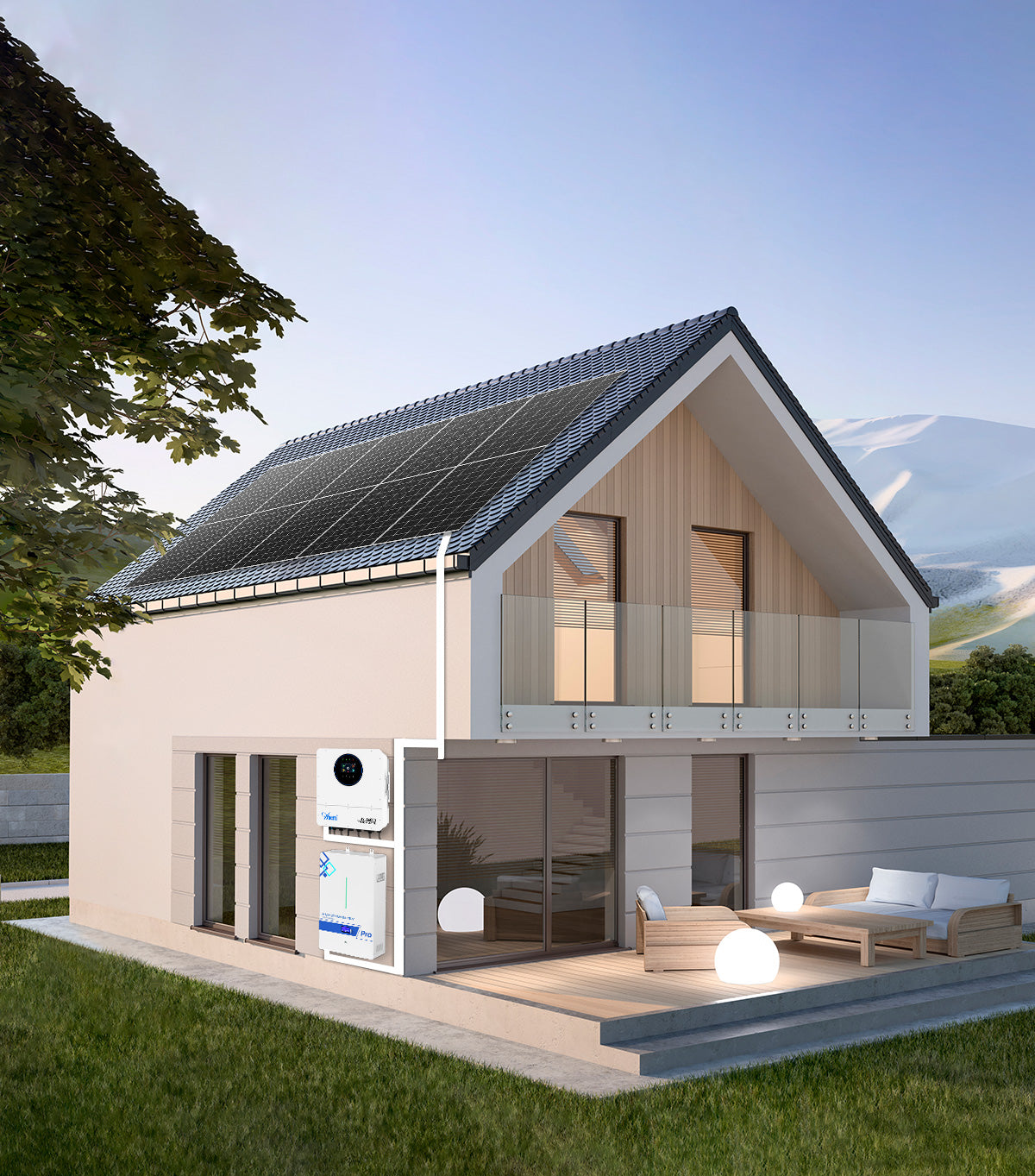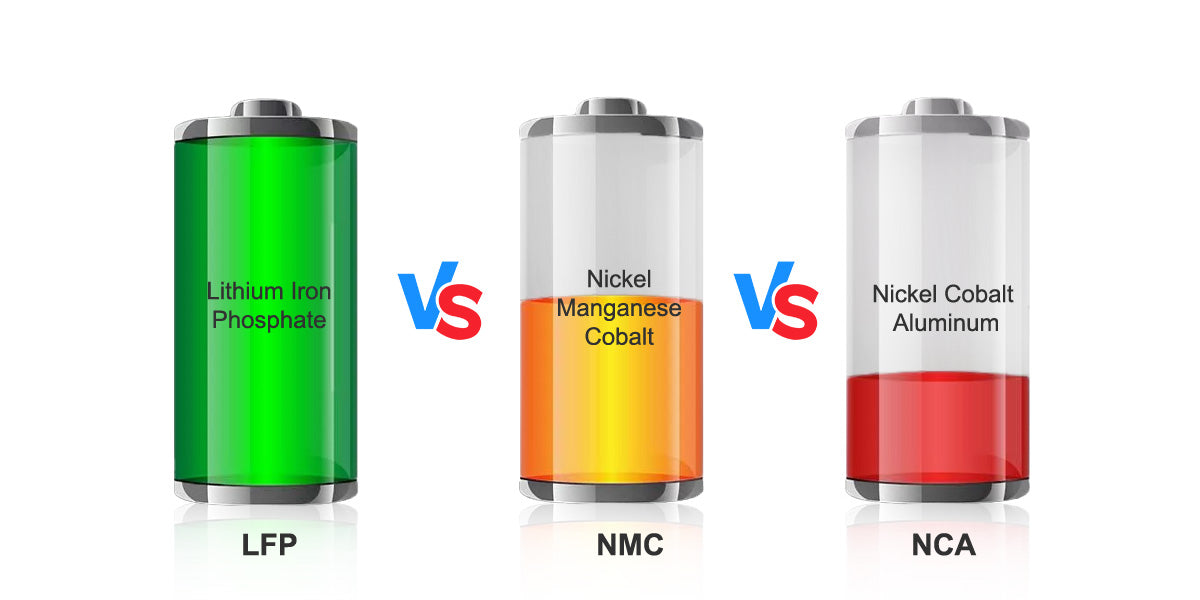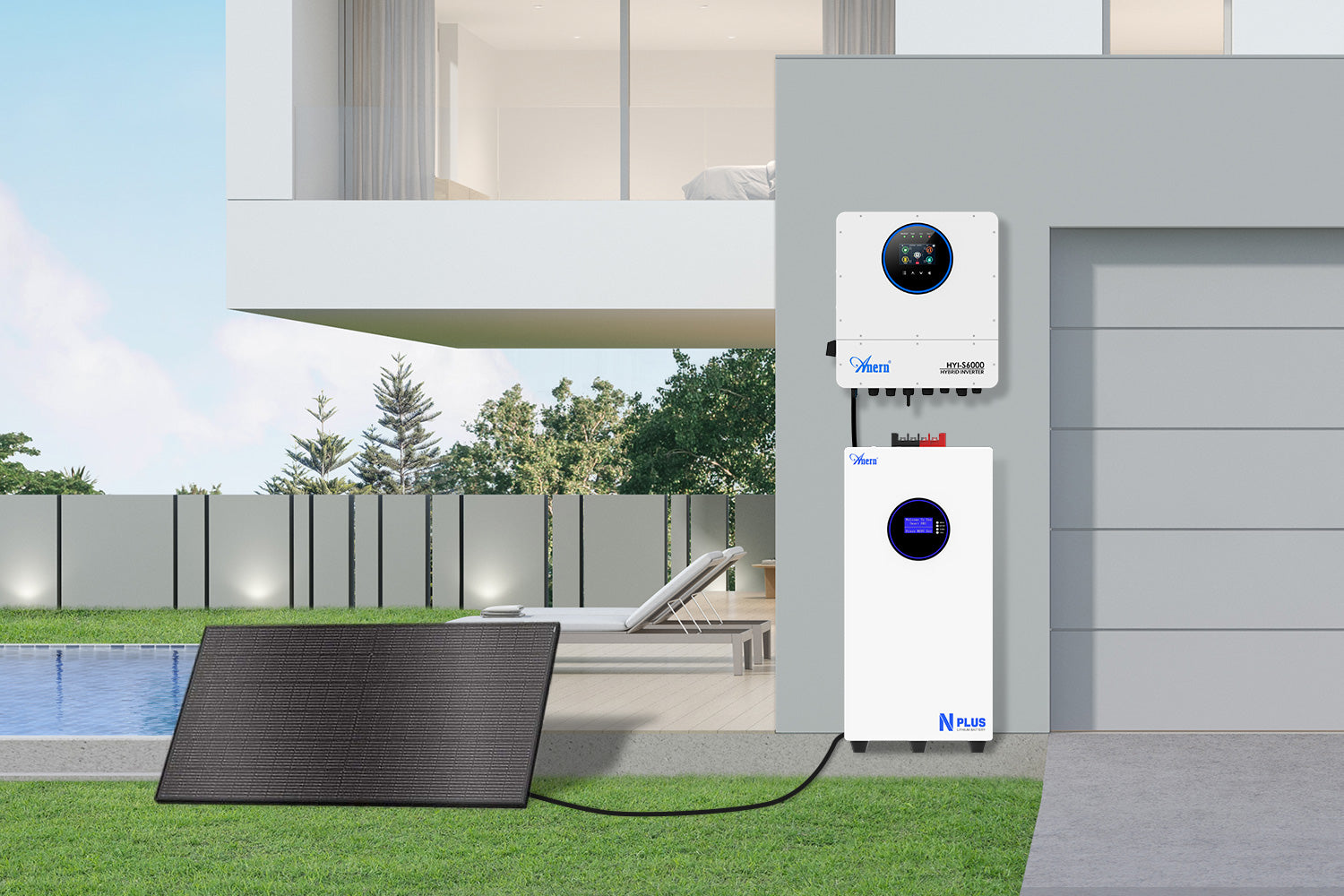Embracing an off-grid solar system offers a path to energy independence, providing a reliable power supply regardless of your location. This approach eliminates monthly utility bills and reduces your environmental impact. It is a practical solution for remote properties, farms, or cabins, and an appealing choice for those seeking self-sufficiency. This article outlines a clear, step-by-step checklist to guide you through transitioning to an off-grid solar power system.
Understanding Off-Grid Solar Systems
An off-grid solar system operates completely independently from the utility grid, generating and storing its own electricity. This contrasts with grid-tied systems that remain connected to the public power infrastructure. The core components of an off-grid system include solar panels, batteries for energy storage, a charge controller, and an inverter.
The Benefits of Energy Independence
Choosing an off-grid solar setup offers several compelling advantages. You gain freedom from reliance on external power sources, which can be particularly beneficial in remote areas where extending power lines is expensive, potentially costing $15,000 to $50,000 per mile. You also eliminate monthly electricity bills, leading to significant long-term savings. Furthermore, off-grid solar systems produce clean energy, reducing your carbon footprint and contributing to a more sustainable future. They also enhance grid resilience, helping you maintain power during outages caused by extreme weather or other disruptions.
Key Components of an Off-Grid System
- Solar Panels: These convert sunlight directly into direct current (DC) electricity through the photovoltaic effect. The number and type of panels you need depend on your energy requirements and available sunlight. Monocrystalline panels are generally more efficient, while polycrystalline panels offer a more budget-friendly option.
- Batteries: Batteries store the excess energy generated by your solar panels for use when the sun is not shining, such as at night or on cloudy days. Lithium iron phosphate (LiFePO4) batteries are a superior choice due to their high performance, safety, and reliability. They offer a significantly longer cycle life, typically 2,000 to 5,000 cycles, compared to lead-acid batteries which usually last 300 to 1,000 cycles. This longevity often translates to better long-term value.
- Charge Controller: This device regulates the power flow from your solar panels to your batteries, preventing overcharging and excessive draining, which extends battery life. MPPT (Maximum Power Point Tracking) charge controllers are highly efficient and are included in many integrated off-grid solutions.
- Inverter: Solar panels and batteries produce DC power, but most household appliances operate on alternating current (AC). An inverter converts DC power into usable AC electricity for your home.
Designing Your Off-Grid Solar System
A well-designed off-grid system starts with a thorough understanding of your energy needs and the solar resources available at your location. This ensures your system can reliably power your home throughout the year.
Assessing Your Energy Needs
The first step involves calculating your daily and monthly energy consumption. This helps determine the necessary size of your solar array and battery bank. The average U.S. household consumes approximately 800 to 1,000 kilowatt-hours (kWh) per month, or about 26 to 33 kWh per day. However, your specific usage will vary based on factors like home size, climate, and appliance use. You can identify high-consumption appliances, such as air conditioning, space heating, and water heating, which collectively can account for a significant portion of household energy use.
Create a detailed list of all appliances and devices you plan to power, noting their wattage and how many hours per day or week you use them. This will allow you to calculate your total energy load.
Sizing Your Solar Array and Battery Bank
Once you have your energy consumption figures, you can size your solar panel array and battery storage. Your solar panels must generate enough electricity to meet your daily needs and charge your batteries. The battery bank needs sufficient capacity to store energy for periods of low sunlight or high demand.
For example, a typical U.S. home might require a solar system between 5 and 7 kWh. This could mean needing 18-28 solar panels, depending on their individual wattage. Batteries with enough power to run an off-grid household can range from $10,000 to $30,000, depending on the required capacity. Lithium iron phosphate batteries offer advantages such as a high efficiency rate of up to 96% and the ability to handle deeper discharges without significant degradation, making them a robust choice for energy storage.
Consider the following for sizing:
- Peak Sun Hours: This refers to the average number of hours per day when solar irradiance reaches 1,000 watts per square meter. This factor is critical for determining how many solar panels you need.
- Days of Autonomy: This is the number of days your battery bank can power your home without any solar input, crucial for cloudy periods.
Installation and Maintenance
Proper installation and ongoing maintenance are vital for the long-term performance and safety of your off-grid solar system. While professional installation is recommended, understanding the process helps you make informed decisions.
Installation Best Practices
The total cost for a typical U.S. home's off-grid solar system can range from $12,000 to $14,000, or even $45,000 to $65,000 for comprehensive systems, depending on components and size. This investment covers solar panels, batteries, charge controllers, and inverters. Professional installation ensures all components are correctly integrated and meet safety standards. You can also explore options for solar panel packages, which can be more cost-effective for larger systems.
During installation, ensure proper wiring, grounding, and overcurrent protection. Pay close attention to battery ventilation if you opt for lead-acid batteries, although LiFePO4 batteries offer a safer and more stable option with reduced risk of overheating.
System Monitoring and Upkeep
Regular monitoring of your system’s performance is crucial. Many modern inverters and charge controllers come with monitoring capabilities that allow you to track energy production and consumption. You should regularly check battery voltage, clean solar panels to maximize efficiency, and inspect wiring for any signs of wear or damage.
While solar panels are designed for durability, they typically have a lifespan of 25 to 30 years. Replacements may be needed around 15 to 20 years for preventive maintenance. The International Renewable Energy Agency (IRENA) projects that the cumulative volume of solar panel waste could reach 60 to 78 million tons by 2050, highlighting the importance of proper disposal and recycling.
The Future of Off-Grid Solar
The renewable energy sector is experiencing rapid growth, with solar power leading the way. In 2024, solar accounted for the largest share of new clean energy added globally, exceeding 415 GW. The International Renewable Energy Agency (IRENA) reported a record 4,448 GW of renewable energy capacity globally in 2024, with solar photovoltaics making up 451.9 GW of that increase. This growth underscores the increasing affordability and accessibility of solar technology.
Technological Advancements and Cost Trends
Technological improvements continue to enhance the efficiency of solar cells, converting more sunlight into electricity through advancements in materials like silicon and perovskites. These innovations, coupled with maturing supply chains and economies of scale, have driven down the cost of renewable power generation. In 2024, solar photovoltaics were, on average, 41% cheaper than the most affordable fossil fuel alternatives. While there was a slight increase in solar PV costs in 2024 due to supply chain tensions, IRENA anticipates future price reductions with the expansion of new industrial capacity.
| Year | Global Renewable Capacity (GW) | Solar PV Additions (GW) | Percentage of Total Renewable Growth (Solar) |
|---|---|---|---|
| 2023 | 3,870 | 326 | 69% |
| 2024 | 4,448 | 451.9 | 73% / 78% |
Data based on IRENA Renewable Capacity Statistics.
Achieving Greater Energy Independence
As solar technology continues to evolve, achieving complete energy independence becomes increasingly feasible. Integrated energy storage systems, especially those utilizing advanced lithium batteries, play a crucial role in this transition. These systems offer not only power reliability but also contribute to a lower environmental impact. The ability to generate and store your own power offers significant peace of mind and financial benefits, reinforcing your commitment to a sustainable lifestyle.





Leave a comment
All comments are moderated before being published.
This site is protected by hCaptcha and the hCaptcha Privacy Policy and Terms of Service apply.